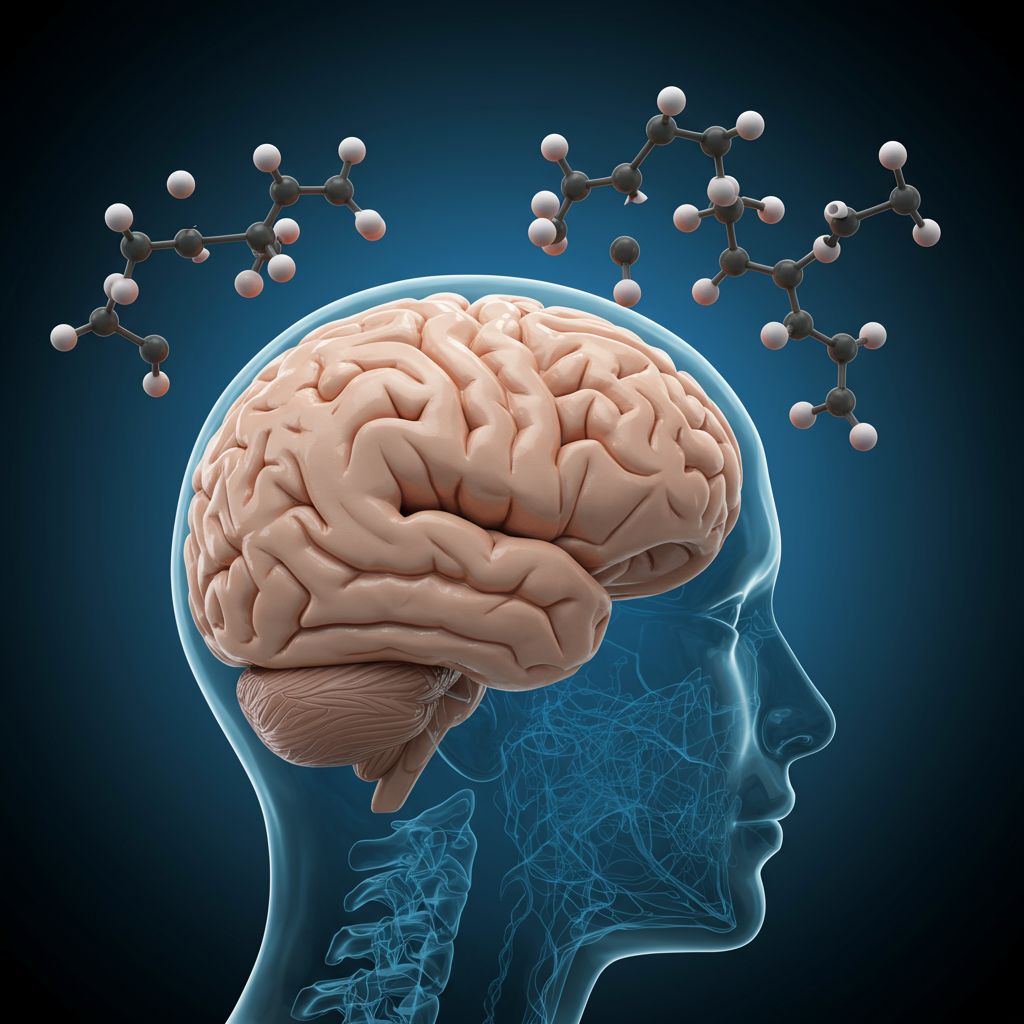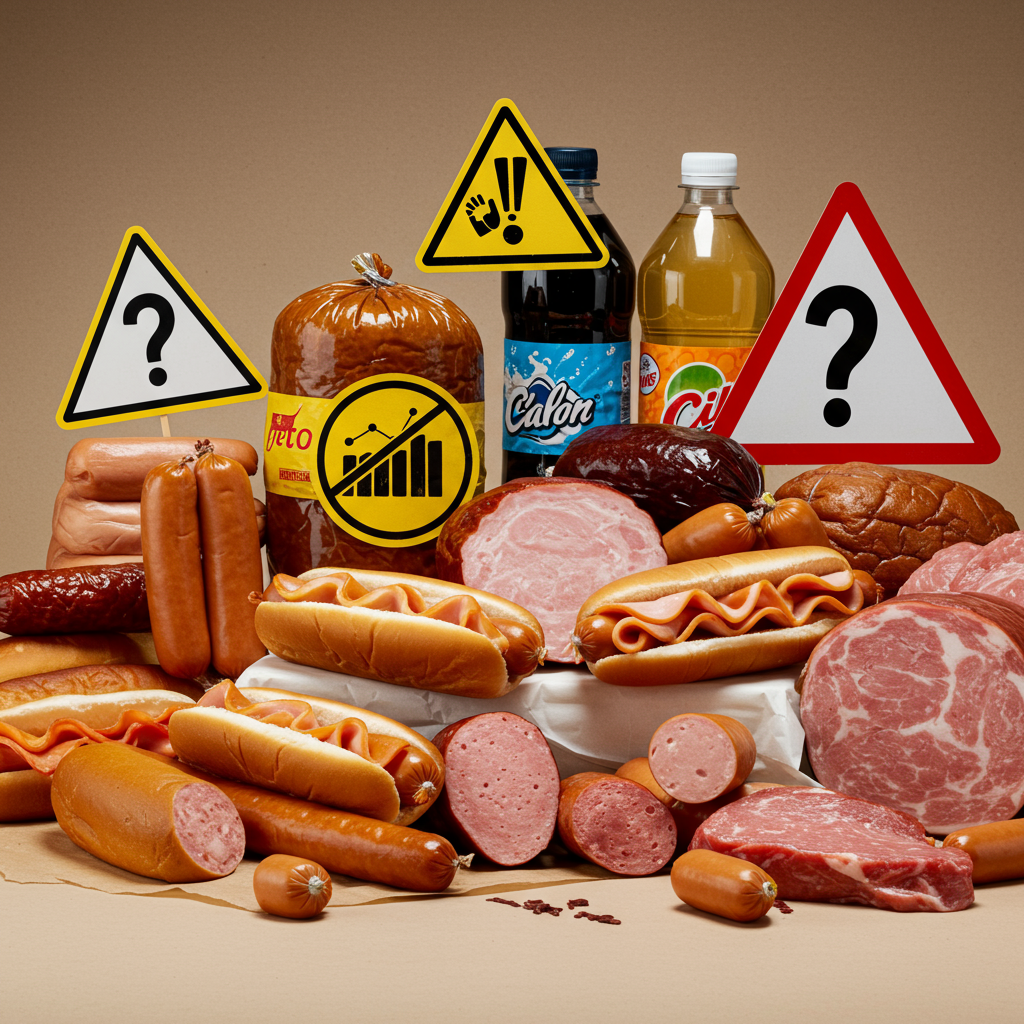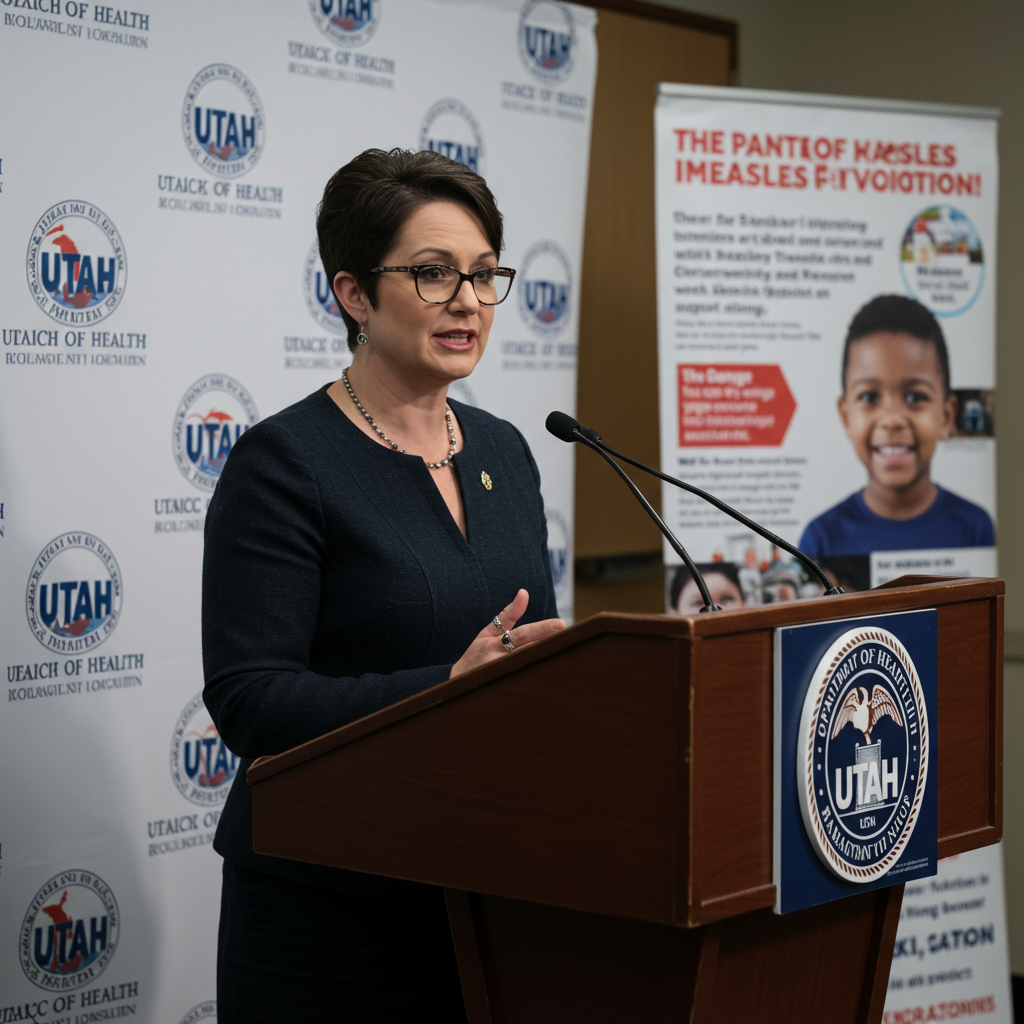The landscape of stroke recovery is on the cusp of a revolutionary shift. Recent groundbreaking research suggests that N,N-dimethyltryptamine (DMT), a naturally occurring psychoactive molecule, holds profound potential to mitigate brain damage and significantly enhance healing after a stroke. This discovery offers a glimmer of hope for the millions affected by stroke worldwide, hinting at new therapeutic avenues that go beyond current limitations.
DMT, a powerful compound found in various plants, mammals, and even the human brain, is widely known for its potent hallucinogenic properties. However, new scientific investigations are revealing its remarkable capacity for neuroprotection and brain repair. Researchers are now exploring how this psychedelic compound could become a vital adjuvant to existing stroke treatments, potentially transforming patient outcomes.
Unveiling DMT’s Healing Power in Stroke Recovery
An pivotal study, published in Science Advances by scientists from the HUN-REN BRC Institute of Biophysics and Semmelweis University Heart and Vascular Centre in Hungary, illuminates DMT’s therapeutic mechanisms. This research, conducted using animal models and cell culture experiments, demonstrated that DMT significantly reduces the detrimental effects of stroke. These findings suggest a novel, complex approach to managing stroke-induced brain injury.
The Urgent Need for Novel Stroke Therapies
Current therapeutic options for stroke are notably limited and often fall short of achieving full recovery. Stroke, which occurs when blood flow to the brain is interrupted, causes rapid damage, leading to significant disability or death. “The therapeutic options currently available for stroke are very limited,” notes Judit Vigh, a co-first author of the Hungarian study. This underscores the critical demand for innovative treatments that can offer more comprehensive protection and foster deeper repair mechanisms within the brain. The dual action of DMT, protecting the blood-brain barrier while reducing inflammation, presents a compelling new strategy.
How DMT Shields the Brain from Stroke Damage
The Hungarian research meticulously detailed several ways DMT protects the brain during and after a stroke. It acts on multiple fronts, addressing critical elements of stroke pathology. “We found that DMT significantly reduced infarct volume and edema formation in a rat stroke model,” explained Marcell László, another co-first author. Infarct volume refers to the area of tissue death, while edema is dangerous brain swelling. Reducing both is crucial for patient prognosis.
Restoring the Blood-Brain Barrier
One of DMT’s key actions involves restoring the integrity of the blood-brain barrier (BBB). The BBB is a vital protective interface that regulates the passage of substances from the bloodstream into the brain. Stroke often compromises this barrier, leading to further damage. The study showed that DMT treatment effectively restored the structure and function of the damaged BBB in both animal and cell culture models. This action is critical for preventing harmful substances from reaching delicate brain tissue.
Quelling Inflammation in Brain Cells
Brain inflammation is a major contributor to secondary damage after a stroke. DMT exhibits powerful anti-inflammatory properties. The researchers observed that this psychoactive compound inhibited the production of inflammatory cytokines in brain endothelial cells and peripheral immune cells. Furthermore, it reduced the activation of brain microglia cells—the central nervous system’s immune cells—specifically through interactions with Sigma-1 receptors. This targeted anti-inflammatory effect helps to minimize ongoing tissue damage and supports the brain’s healing environment.
Beyond Protection: DMT and Brain Plasticity
Beyond its immediate protective effects, DMT is also emerging as a potent modulator of brain plasticity. Neuroplasticity is the brain’s remarkable ability to reorganize itself by forming new neural connections throughout life. This inherent capacity is crucial for learning, memory, and recovery from injury. Psychedelics, including DMT, are increasingly recognized for their role in fostering this essential brain function.
Sparking Neurogenesis Through Sigma-1 Receptors
Intriguing research published in Translational Psychiatry reveals that DMT can stimulate the growth of new nerve cells, a process called neurogenesis. This study, conducted in mice, showed that DMT not only promoted neurogenesis but also enhanced spatial learning and memory. Crucially, these neurogenic effects were found to be mediated specifically by the sigma-1 receptor, rather than the serotonin 5-HT2A receptor responsible for its psychedelic effects. This distinction is paramount, as it suggests the possibility of developing therapeutic compounds that stimulate neurogenesis without inducing hallucinations. Activating dormant neural stem cells to form new neurons offers broad therapeutic potential for various neurological conditions, including stroke recovery.
Rewiring the Brain: The Role of Neuroplasticity
The brain’s ability to adapt and rewire itself after damage is fundamental to rehabilitation. Psychedelics like DMT appear to enhance neural flexibility, creating a temporary window of heightened plasticity. Studies, including those by Ly et al. (2018), indicate that psychedelics can significantly increase dendritic spine density and functional synapses in the cortex. These structural adaptations are critical for forming new pathways and regaining lost functions. The psychedelic experience essentially primes the brain for change, making it more receptive to new insights and the formation of healthier cognitive and behavioral patterns.
The Broader Context: Psychedelics in Medical Science
The findings on DMT’s stroke-healing potential are part of a broader renaissance in psychedelic research. Scientists worldwide are re-evaluating these compounds for their therapeutic applications in various conditions, from depression and PTSD to neurodegenerative disorders. The sheer complexity of DMT’s interaction with the brain is continually being uncovered.
An Imperial College London study, for instance, used fMRI and EEG to track brain activity during a DMT experience. It revealed that DMT dramatically “lights up” regions crucial for memory and imagination. Simultaneously, it “shuts down” the brain’s primary rhythms, leading to a significant increase in brain connectivity. Professor Robin Carhart-Harris noted that DMT makes brain activity “more chaotic or information-rich,” fostering a state of heightened entropy. This “reset” or “reboot” effect could be highly beneficial in breaking rigid patterns of dysfunction following brain injury, facilitating new, healthier connections.
Pioneering Research from Hungary’s Scientists
The work of scientists in Szeged and Budapest, Hungary, has been instrumental in advancing our understanding of DMT’s therapeutic mechanisms in stroke. Their detailed investigation into its dual action—protecting the blood-brain barrier and reducing inflammation—provides a robust scientific foundation for future clinical applications. Mária Deli, a co-lead author from the HUN-REN BRC, eloquently stated, “It is amazing how we can always turn to Nature to find ingenious solutions for health problems.” This highlights the inspiration drawn from natural compounds in addressing complex medical challenges.
Navigating Regulatory Pathways and Future Outlook
While the scientific evidence for DMT’s therapeutic potential in stroke recovery is compelling, it’s essential to acknowledge the current regulatory landscape. DMT is currently classified as a Schedule 1 drug, indicating no accepted medical use and a high potential for abuse. However, as clinical trials continue to demonstrate the efficacy and safety of psychedelics for various conditions, a reevaluation of their regulatory status is anticipated.
The next crucial step involves rigorous human clinical trials to confirm these promising animal and cell culture findings. Researchers are actively investigating the use of DMT for stroke recovery and exploring its long-term effects. If successful, DMT could serve as a powerful therapeutic adjuvant, complementing existing methods to offer a more comprehensive path to recovery for stroke patients.
Frequently Asked Questions
How does DMT specifically help the brain heal after a stroke?
DMT helps the brain heal after a stroke through a multi-faceted approach. Research from Hungarian scientists shows it significantly reduces the area of tissue death (infarct volume) and brain swelling (edema). It achieves this by restoring the integrity of the damaged blood-brain barrier, which is crucial for protecting the brain. Additionally, DMT acts as a powerful anti-inflammatory agent, inhibiting inflammatory cytokine production and reducing the activation of immune cells in the brain, notably through Sigma-1 receptors. This dual action helps minimize initial damage and creates a more conducive environment for repair.
What is the current status of DMT clinical trials for stroke recovery?
DMT is currently undergoing clinical trials to aid in the recovery of brain function after stroke, though these are still in early stages. While animal and cell culture studies have yielded promising results, human trials are essential to confirm these findings and establish safety and efficacy in patients. Researchers are also investigating its long-term effects. The classification of DMT as a Schedule 1 drug currently presents regulatory hurdles, but the growing body of evidence for its therapeutic potential may lead to reevaluation in the future.
Can DMT be used as a standalone stroke treatment today?
No, DMT is not currently approved or available as a standalone or prescribed treatment for stroke. While research highlights its significant therapeutic potential and dual action in protecting the brain and reducing inflammation, it remains an investigational compound for this application. Clinical trials are ongoing to validate its efficacy and safety in humans. The current findings suggest DMT could serve as a powerful therapeutic adjuvant, meaning it might complement existing stroke treatments in the future, rather than replace them entirely.
The Future of Stroke Treatment: A Psychedelic Path Forward
The discovery of DMT’s profound capacity to aid brain healing after stroke marks a significant milestone in neuroscience. By offering a novel approach to reduce damage, restore crucial barriers, quell inflammation, and potentially stimulate new neural growth, DMT could revolutionize how we approach stroke rehabilitation. While much research lies ahead, particularly in human clinical trials, the promise of this natural compound provides genuine hope. The ongoing scientific exploration into DMT’s mechanisms and therapeutic applications underscores a future where powerful natural molecules could unlock unprecedented healing for devastating neurological conditions.




